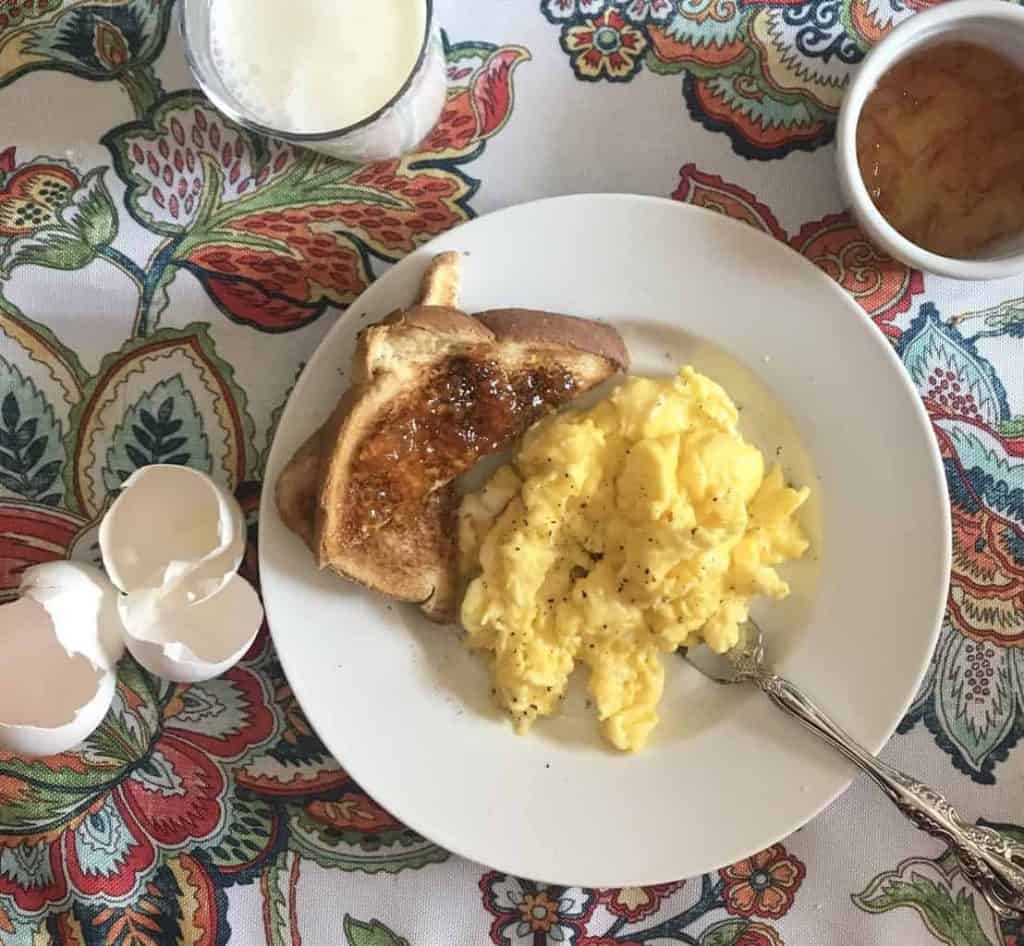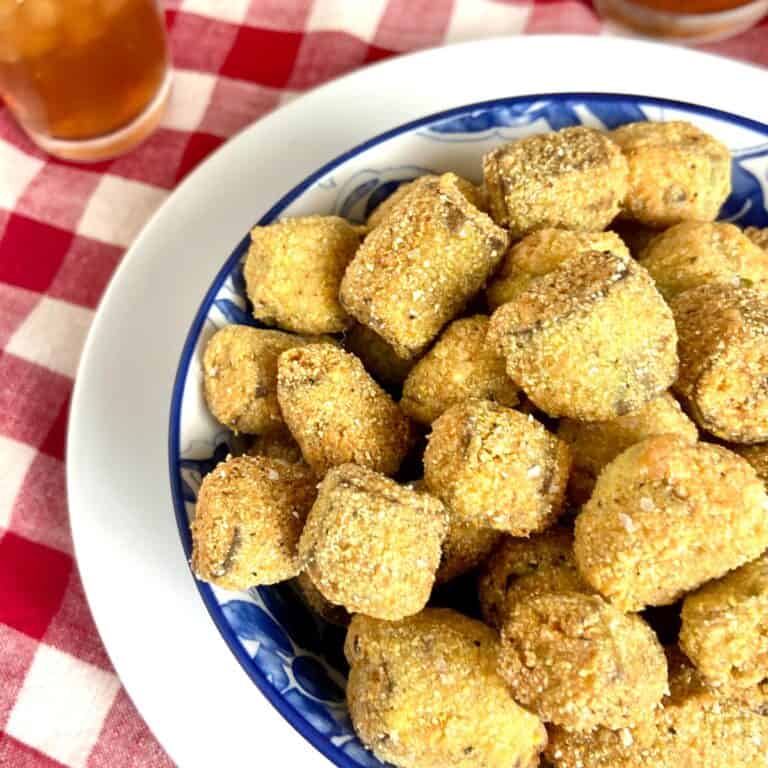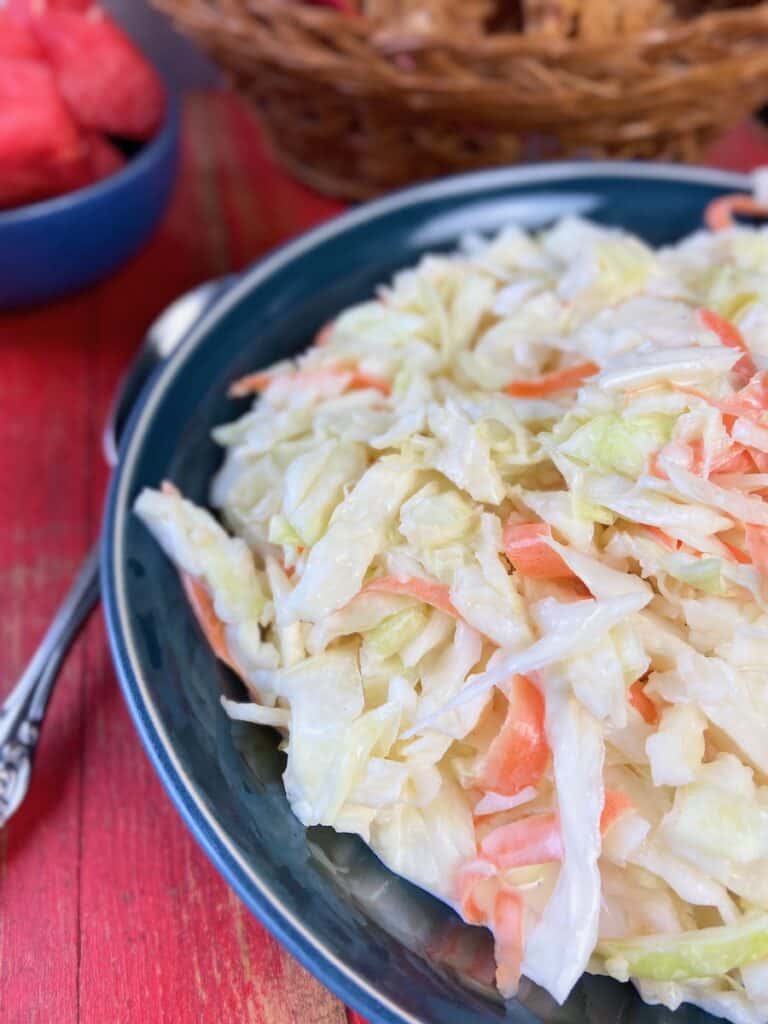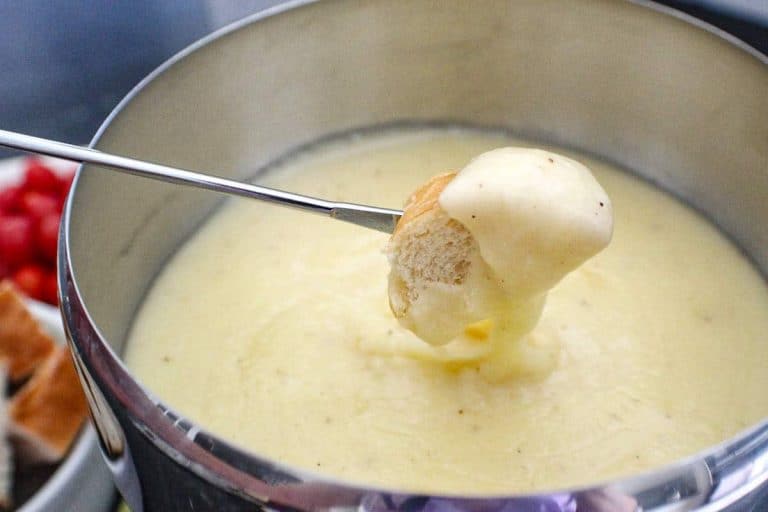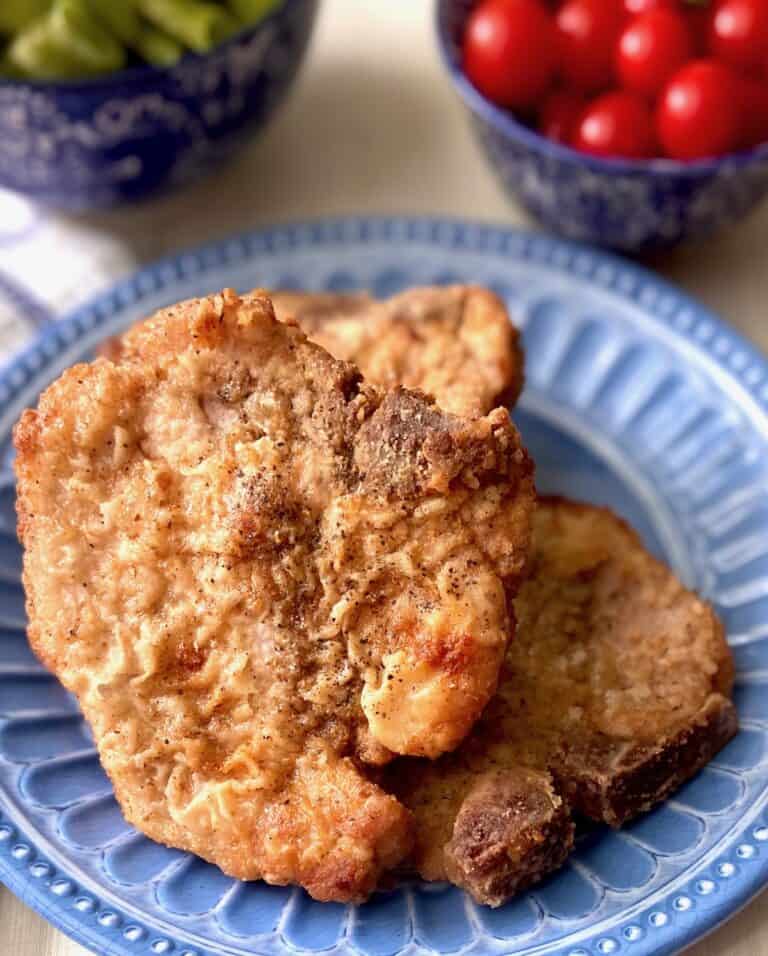Determining Egg Freshness
If you’ve ever made a cake or a batch of cookies than were an epic fail, it might have been due to the age of the eggs used in the recipe.
Here, you’ll learn how to determine egg freshness!
There are few tell-tell signs to determine the freshness of the eggs in your fridge!
Julian Date
Packaging offers information on the freshness of an egg. On the end of each egg carton are three-digit numbers called the Julian date.
These numbers range from 001-365, representing the days of the year with January 1 being 001 and December 31 being 365.
Additionally, these numbers represent the day the eggs were packed.
For eggs packed on March 28th, the Julian date would be 087. (Additional numbers on the egg carton represent the egg manufacturers plant identification.)
When purchasing eggs, check the Julian date and select a carton that has eggs at least five days old.
Very fresh eggs (under five days old) are more difficult to peel when boiled because the shell membrane is still very intact with the shell.
Fresh Eggs Don’t Float
Another way to determine freshness is to place the egg in water. Fresh eggs will sink and stand more upright because their air sac is small.
Old eggs will float.
The floating is due to the increased air sac that forms internally at the top of the egg once it is laid. Once an egg is laid, there is no air sac.
However, the air sac begins to develop as the egg ages and a gap develops between the shell and the egg membranes. The air sac is formed and enlarges as the egg ages due to the loss of carbon dioxide and moisture.
Fresh Eggs Don’t Spread Out
You can easily determine the freshness of an egg once you crack it. A fresh egg, when cracked, will produce a yolk that is centered and stands up in a rounded form and has a large proportion of thick white around the yolk.
If the egg spreads out on a plate with an off-center yolk, and a lot of clear, thin yolk with little thick, white yolk it is old.
What Size Egg to use for Most Recipes?
This is always an interesting choice at the grocery…” what size and grade do I buy”?
Eggs are graded as U.S. AA, A or B, according to USDA standards, however, the grading of eggs does not take into account weight or shell color.
Egg grading is conducted by a process called “egg candling” where eggs are “X-ray’d” and given a grade based upon the results. Some factors taken into consideration when egg candling are:
- Air Sac depth
- Albumen thickness
- Yolk slightly defined
- Spots in eggs
Without going into the complex world of egg candling, let’s just agree that Grades AA are near perfect eggs, ideal for making the perfect boiled egg. Grade A are good and Grade B are generally used for commercial uses such as egg powders, etc.
The size of the eggs, whether it be jumbo, large or regular is based upon the weight of eggs per dozen and are sorted into six weight groups:
- Jumbo- minimum 30 oz. per dozen
- Extra Large- minimum 27 oz. per dozen
- Large-minimum 24 oz. per dozen
- Medium-minimum 21 oz. per dozen
- Small-minimum of 18 oz. per dozen
- Pewee-minimum 15 oz. per dozen
When a recipe calls for an egg, it is usually based on large sized eggs.
Preparing the Perfect Boiled Egg
Let’s say you’re making deviled eggs and want a nice white, firm yolk with a tasty yellow seasoned mixture inside. You won’t actually boil the eggs; just simmer them.
There are three basic methods for preparing boiled eggs, two versions of the Hot Start Methods and one version of the Cold Start Method.
My experience indicates that eggs cooked in either of the hot start methods are easier to peel than those prepared the Cold Start method.
Hot Start Methods
Method 1: Simmering
- Bring water to boil
- Add eggs to water
- Turn down heat to simmering (where a few bubbles form on the bottom and rise gently, but barely get to the surface) NOTE: this works great on a gas stove, but when using an electric stove, gently lift the pan above the burner, turn it to simmer temperature, wait a few seconds then return pan to stove.
- Simmer eggs 12-15 minutes
Method 2: Steaming
Same as Method 1 only once the eggs are submerged in the boiling water, place a lid on the pan, remove from heat, and allow to stand for 17-20 minutes.
Cold Start Method
- Place eggs in a pan with enough cold water to cover them by about one inch.
- Bring water to boil
- Once boiling, reduce heat to simmer for 10 minutes
Avoid The Grey-Green Ring
Regardless of the method used, the most important thing to do to produce the perfect boiled egg is to immediately submerge them in icy cold water.
This stops the cooking process and prevents the ugly greenish-gray ring around the yolk. The green ring is caused by the reaction of hydrogen sulfide (from the egg white) with the iron from the yolk.
A green ring will occur more often in older eggs. Perfectly boiled eggs are easier to peel under running water. Just put a colander in the sink and peel, making sure the shells do not get into the disposal.
Egg Storage
Store eggs in their original carton on a shelf and not in the egg bin on the door!
Eggs stored in the egg bin allows air to flow around the eggs and facilitates the loss of carbon dioxide and moisture, making the eggs age faster.
Eggs should be stored in cartons at 40° F or below and never rinsed.
Rinsing permeates the protective shell, allowing gases to escape, thus the egg ages faster.
An egg at room temperature will age more in one day than in one week in the refrigerator. Generally, eggs that are 3-5 weeks old are safe to use in foods.
Fun Egg Facts
- The color of the egg shell is determined by the breed of the hen. Hen’s with white feathers produce white eggs; hens with red feathers produce brown eggs.
- It is not possible to determine the vitamin content of vitamin A in an egg based on color because the pigments in the shell are not precursors for vitamin A.
- The color of the yolk is based upon what is fed to the hens.
- The albumen, or white of an egg, accounts for about 58% of the eggs total weight and offers 11% protein.
- The yolk accounts for about 30% of the eggs total weight, contains 33% of the egg’s fat, 17% of the protein and 48% of the water in an egg.

